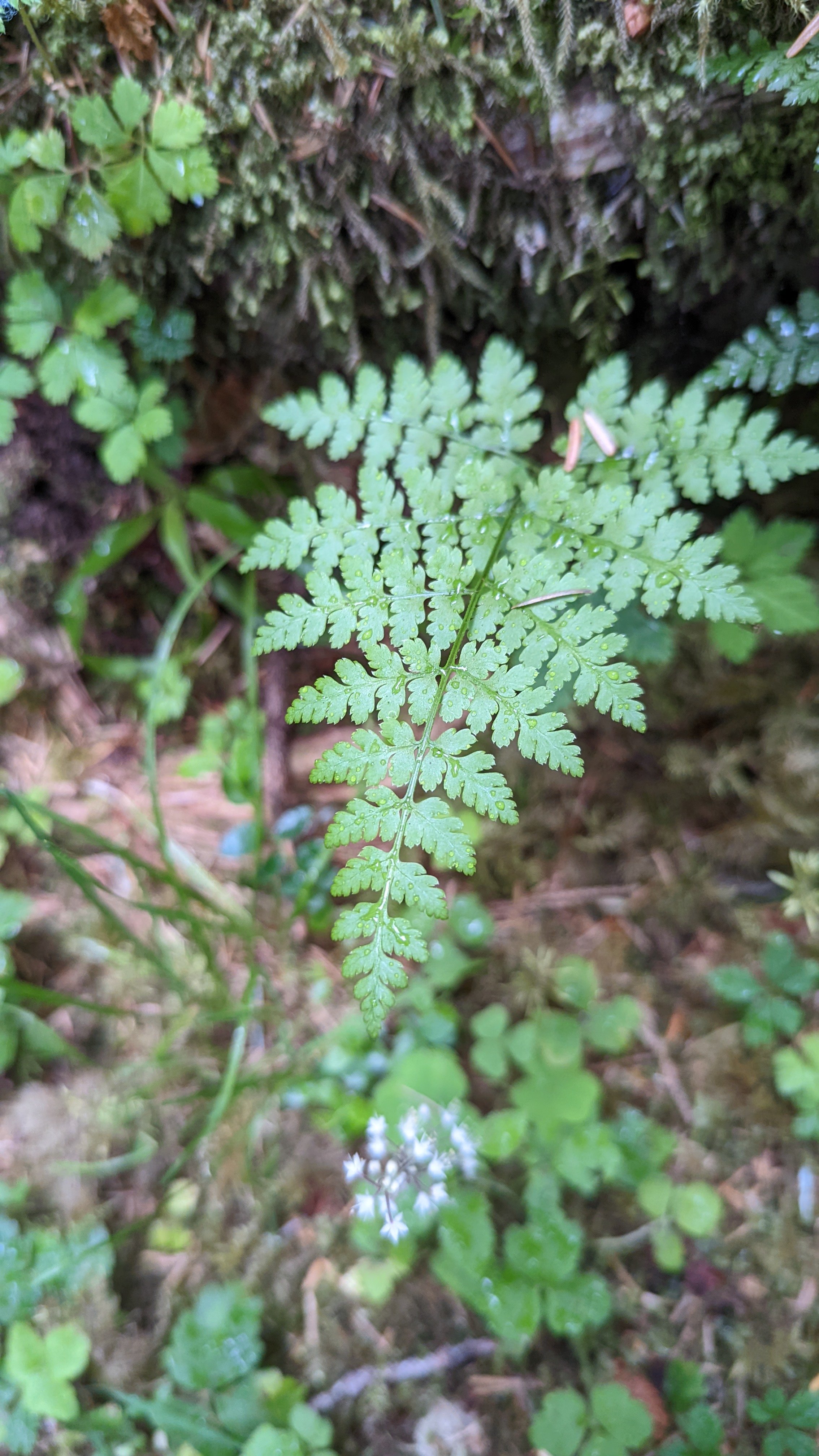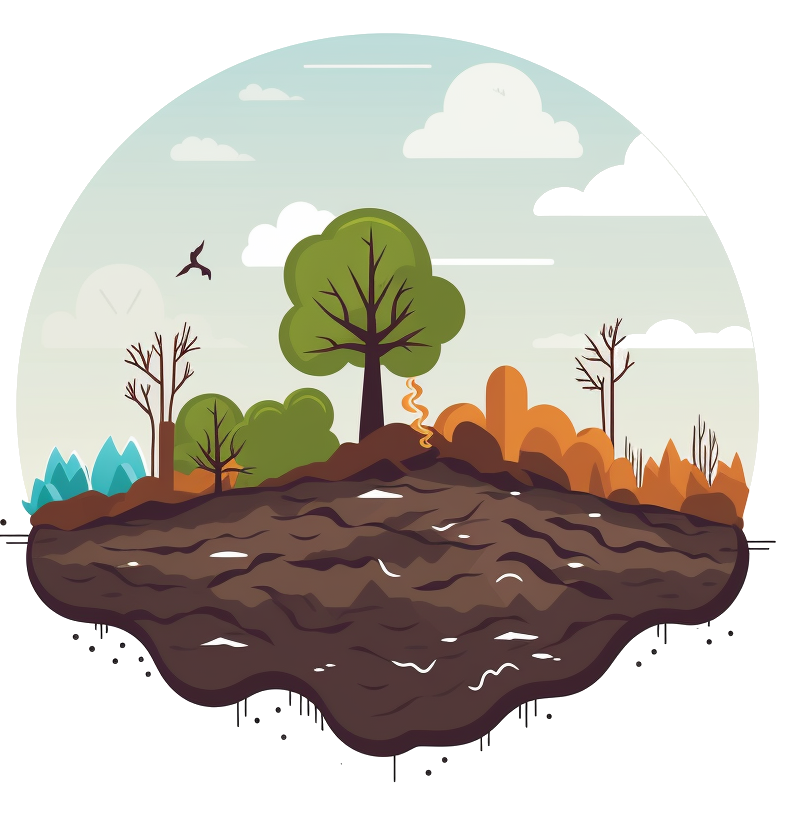

It’s like reddit, but I don’t have to feel icky.
given up looking for replacements
r/anarchydnd
r/apolloapp
r/Condution
r/robotech
r/OSUOnlineCS
r/vintageobscura
r/ZeroCovidCommunitv




Using the newfound data, the researchers imaged the Sierra Nevada through a technique known as receiver function analysis, which uses seismic waves to map Earth’s internal structure. The scientists found that in the central region of the mountain range, Earth’s crust is currently peeling away, a process scientifically known as lithospheric foundering. Kilb and Schulte-Pelkum reported the findings in December in the journal Geophysical Research Letters.
The hypothesis lined up with previous speculation that the area had undergone lithospheric foundering, which happens when Earth’s outermost layer sinks into the lower layer of the mantle. Now, the study authors believe that the process is ongoing and is currently progressing to the north of the mountain range, according to the study.


I thought it was bad enough MAGA wanted us to go back to the ’50s. I didn’t realize they were longing for the 1850s.


Watched the scientists throw up their hands conceding, “progress will resolve it all”
Saw the manufacturers of earth’s debris ignore another green peace call
— Bad Religion, 1990


the back of a turtle


Great, then we can compare it to the effects of offshore drilling and the use of petrochemicals on ocean life. I wonder how it will stack up?


An underwater gardening experiment along the East Coast aims to restore a type of seagrass called eelgrass, at risk of extinction due to rising sea surface temperatures.



Yeah, that’s a nice multi monitor setup.

This is pretty neat.


🎶 watched the scientists throw up their hands conceding, “progress will resolve it all” 🎶

Nuclear is centralized, so it’s not great for energy security. It also relies on the organization running the reactor and securing waste to be run effectively, not cutting corners for the sake of efficiency/profit. It has all of the same problems with mining and manufacturing solar does, so it doesn’t win there either.
They make a better roof over the tracks that the train passes under than being on the ground. They could even be tilted to better face the sun.


Vote Democrat if you want to extend the right to repair even more!


Can they be saved with Narcan?


We use it for irrigation but not drinking.
No, rubber’s out. Umm, they’ve got to have a steering wheel.
No paper. No string. No sellotape.
No cardboard derivatives.
Well, cardboard’s out.